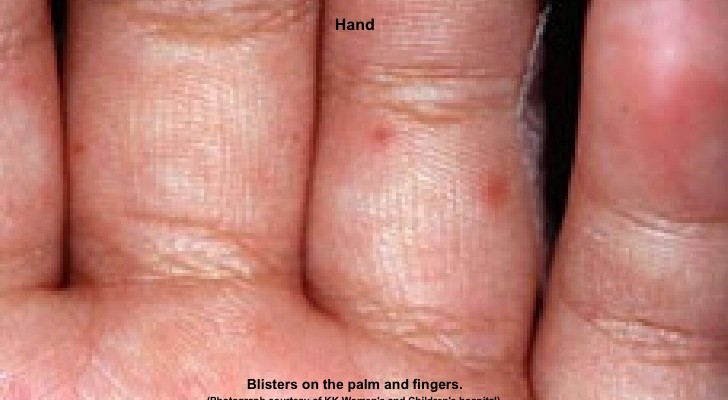The hand, foot, and mouth disease or known as HFMD cases in the Philippines increased.
Compared last year, cases oh HFMD in the country increases in the first eight months of 2015. Hand, foot and mouth disease most commonly occurs in children under the age of 10 and occasionally occur in adults. It can be easily transmitted through nasopharyngeal secretions including saliva or nasal mucus, by direct contact, or by fecal-oral transmission.
Currently, there is no specific curative treatment for individuals suffering from hand, foot and mouth disease or HFMD but antiviral agents to prevent and treat infection are under development. This viral disease typically gets better on its own, reason that medications are usually not needed. In order to avoid having such diseases, preventive measures must be considered. This includes avoiding direct contact with infected individuals, proper cleaning of shared utensils, disinfecting contaminated surfaces, and proper hand hygiene.
The World Health Organization refers this viral disease as a common infectious characterized by fever, painful mouth sores, and a rash with blisters on the hands, feet and buttocks. It usually begins with a fever, poor appetite, malaise, and a sore throat that mainly affects infants and children with signs and symptoms normally appear 3–6 days after exposure to the said virus. Rash caused by the virus generally goes away on and most cases need no treatment.
Thousands of cases were reported in the Philippines from January 1 to September 5, a high percentage compared last year, with most cases from Region 4-A, Metro Manila, Region 2, Region 10 and Region 6, according to Department of Health. Agency urged everyone to follow preventive measures which have been shown to be effective in decreasing the transmission of the viruses, responsible for HFMD. IMAGE/KK women’s and Children’s hospital

Leave a Reply